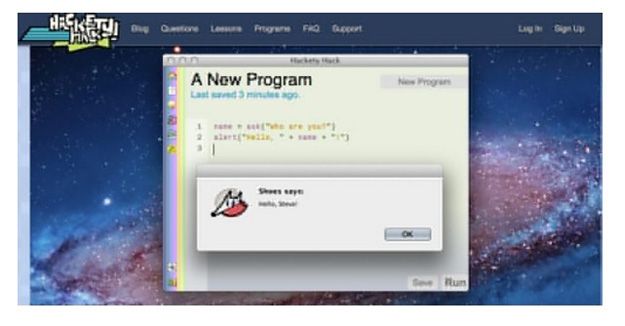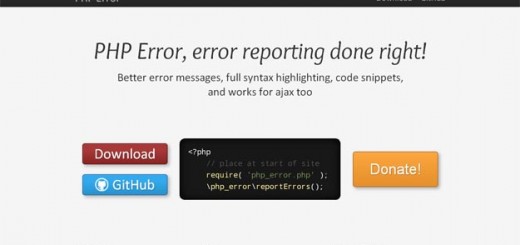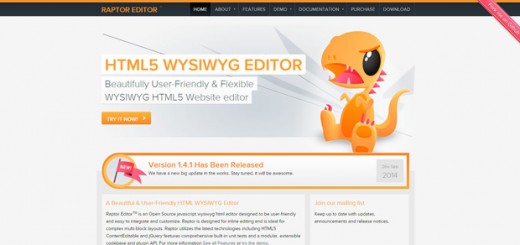Nowadays internet has become essential in our lives and we are fully dependent on it. We have gotten to the stage in which we rely on it heavily as both a source of information and social interaction. Due to these facts, demands on web designers and developers have risen. Even kids these days pick up an iPad and start programming and try to simplify the things for Internet users. There are many sources available online which help kids to learn basic and fundamentals of programming easily. You can teach your kids easily with the help of such tools available online and most of them are free which means they won’t put a dent on your pocket.
In this article we have created a list of 10 Best Programming Tools for Kids, following tools will not only develop the analytical programming skills of kids at early age but will also help them get an idea that whether they want to become a programmer in future. Most of the listed tools are based on a visual programming language which has drag and drop interface for programming.
Let’s explore the list.
1. Waterbear
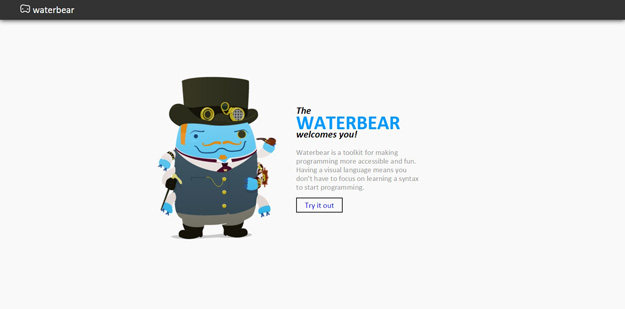
Waterbear is also a toolkit for making programming more accessible and fun. Having a visual language means you don’t have to focus on learning a syntax to start programming. It’s good for kids, artists, and anyone who would like to make their computer do something new without having to become a “programmer” (although it could lead to that). Kids can create a new file, look at examples of other creations and play around with the different features among other things. There are even descriptions for each element that are easy to follow as well.
2. eToys
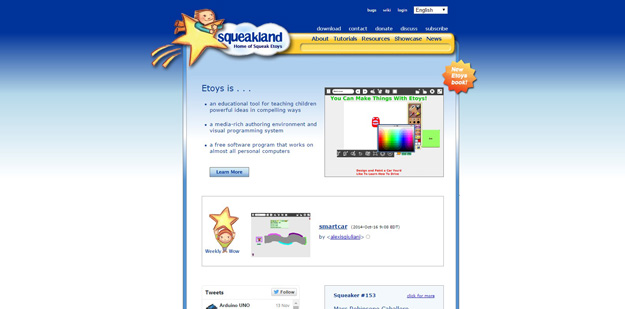
eToys is an educational tool for teaching children powerful ideas in compelling ways. An Etoys project can be developed by using graphics, animated objects, music, sound, scanned pictures and text. Etoys is free to use with a liberal license.
3. RoboMind
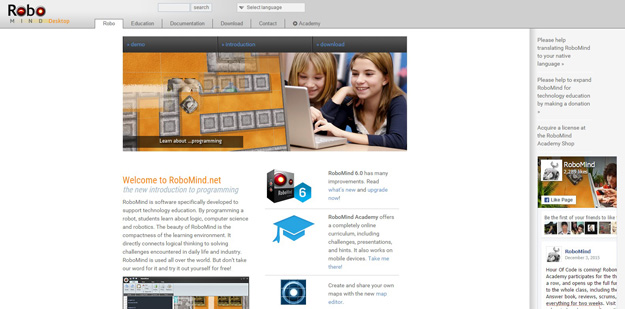
RoboMind is software specifically developed to support technology education. By programming a robot, students learn about logic, computer science and robotics. The beauty of RoboMind is the compactness of the learning environment. It directly connects logical thinking to solving challenges encountered in daily life and industry. RoboMind can be used for science and technology projects at primary schools, secondary schools and further education. It is also very suitable for learning about problem solving and logical thinking. Topics which are often not very well covered in educational programs.
4. Tynker

Tynker is an end-to-end solution that teaches children how to program as they create games and animated projects. Kids easily learn to code using Tynker’s visual programming language by solving fun puzzles and creating original projects and games. They gain a solid foundation in programming and computational thinking, which prepares them to transition to any mainstream object-oriented programming language. Tynker offers free content as well as self-paced home courses and an engaging programming curriculum for schools.
5. Alice
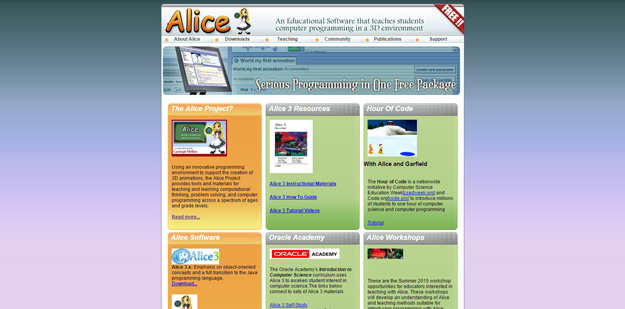
Alice is an innovative 3D programming environment that makes it easy to create an animation for telling a story, playing an interactive game, or a video to share on the web. Alice is a freely available teaching tool designed to be a student’s first exposure to object-oriented programming. It allows students to learn fundamental programming concepts in the context of creating animated movies and simple video games. In Alice, 3-D objects (e.g., people, animals, and vehicles) populate a virtual world and students create a program to animate the objects.
6. Scratch
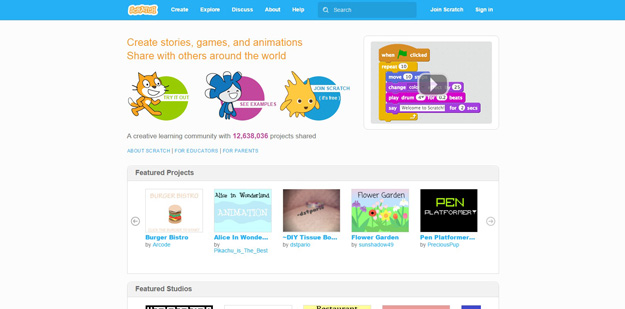
With Scratch, you can program your own interactive stories, games, and animations — and share your creations with others in the online community. Scratch helps young people learn to think creatively, reason systematically, and work collaboratively — essential skills for life in the 21st century. Scratch is a project of the Lifelong Kindergarten Group at the MIT Media Lab. It is provided free of charge.
7. Kodable

Kodable is a free to use programming app for iPad. Kodable is specially designed for kids aged 5 years or above, so that they can learn programming by playing games with little instructions. Kodable has 3 levels of programming including K-2nd grade, 3rd – 5th grade and 6th – 12th grade.
8. Stencyl

Stencyl is the easiest way to create games for mobile, web and desktop without code. Power users can create and share their own blocks, extend the engine through code, import libraries and write their own custom classes that interact seamlessly with block-based behaviours. tencyl has extensive platform support and games developed on Stencyl can be played on Android, iOS, Windows, Mac, and Linux too.
9. Hopscotch
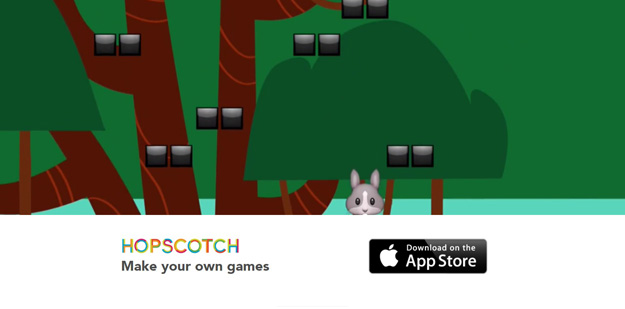
By using Hopscotch, you can teach the basics of programming to your kid easily. Currently, you can only download the Hopscotch app for free on the iPad. Hopscotch allows your kids to develop their own games, stories, animationsand other many interactive programs by dragging and dropping blocks of code.
10. Hackety
Hackety Hack is an easy to use programming tool which can be used to teach the absolute basics of programming. One doesn’t need any prior experience of programming before they start working on Hackety Hack.

